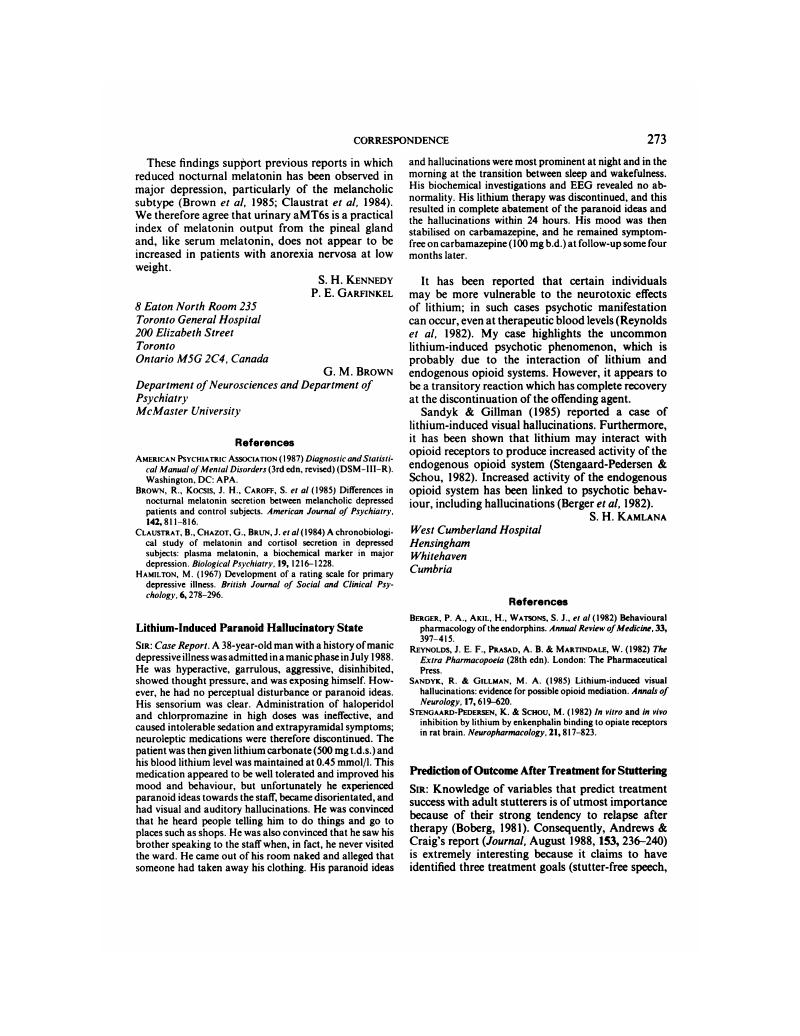Crossref Citations
This article has been cited by the following publications. This list is generated based on data provided by Crossref.
Onslow, Mark
and
Costa, Leanne
1989.
When the Tail Begins to Wag the Dog: Some Views on the Relationship between Speech Pathologists and Self-Help Groups in the Management of Stuttering.
Australian Journal of Human Communication Disorders,
Vol. 17,
Issue. 2,
p.
77.
Block, Susan
Ingham, Roger
and
Onslow, Mark
1990.
Letters to the Editor.
Australian Journal of Human Communication Disorders,
Vol. 18,
Issue. 1,
p.
101.
Craig, Ashley
1998.
Relapse following treatment for stuttering: a critical review and correlative data.
Journal of Fluency Disorders,
Vol. 23,
Issue. 1,
p.
1.
Block, Susan
Onslow, Mark
Packman, Ann
and
Dacakis, Georgia
2006.
Connecting stuttering management and measurement: IV. Predictors of outcome for a behavioural treatment for stuttering.
International Journal of Language & Communication Disorders,
Vol. 41,
Issue. 4,
p.
395.




eLetters
No eLetters have been published for this article.